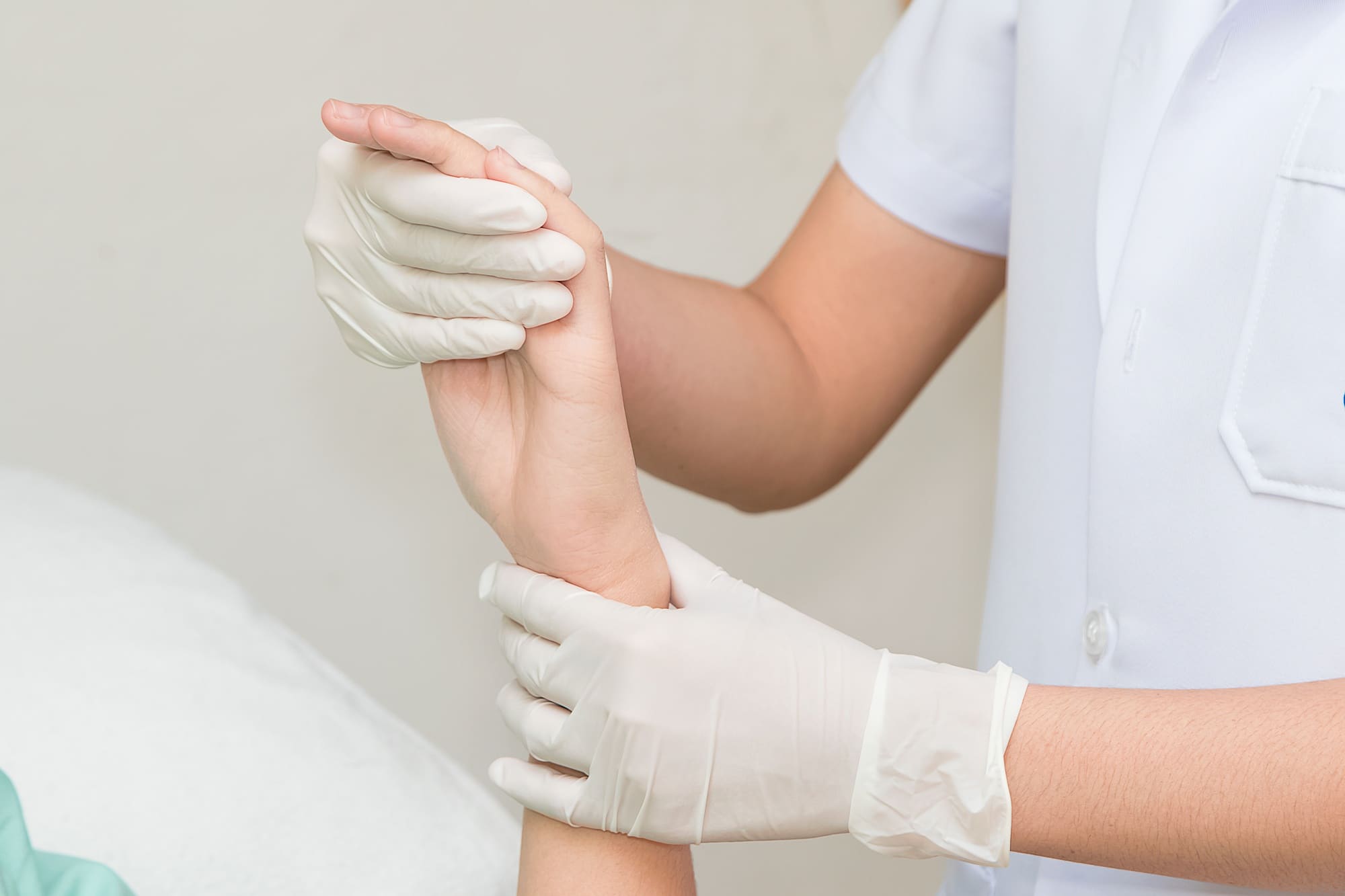
A stroke can be devastating and patients may face a long road to recovery. Gradually, rehabilitation can help patients recover some or all of their movement, but anything that can help speed up the process would be an improvement to patient wellbeing. The brain’s plasticity allows recovery, and as stroke research continues, scientists may have just discovered the key to improving recovery time: sensory deprivation.
The Stroke Sensory Deprivation Study
For their study, researchers at Washington University School of Medicine in St. Louis triggered a stroke in mice, affecting the part of the brain controlling their right forepaw. Once these mice had experienced their stroke, one group was allowed to recover naturally while the other group had their whiskers trimmed regularly. Since mice use their sensitive whiskers to navigate their environment, this trimming of the nerve endings prevented the mice from sensing their environment this way. The sensory deprivation was in a brain region near the region affected by the stroke, theoretically opening up space in the brain for a neighboring region to take over from the stroke-affected area.
Study Results
The brain’s plasticity does allow some stroke recovery to happen gradually. Although at four weeks after the stroke the mice with intact whiskers showed no recovery, still favoring their left forepaws over their stroke-affected right forepaws, they did show partial recovery at eight weeks. However, it was not the same for the whisker-trimmed mice. Four weeks after their stroke, these sensory-deprived mice had begun using their right forepaws some of the time. After eight weeks, they were using both forepaws equally, almost as if they had never had a stroke at all.
Brain mapping helped the researchers see what was going on. They noticed in the whisker-trimmed mice the forepaw control locus had taken over part of the area usually involved with whisker sensation. In contrast, the mice with intact whiskers had forepaw control moved to any of several different spots near the injury site. After the trimmed mice were using both forepaws equally, the researchers allowed their whiskers to grow back, and four weeks later, whisker control was taking up most of its former brain region and the mice continued to have full use of their forepaws. However, one corner of the whisker brain area was still dedicated to forepaw control.
One study limitation is that the researchers were unable to determine if whisker control was completely back to normal after the regrowth. However, they do know in other instances that a brain function can reach into another function’s region without apparently causing negative effects. For example, musicians may have an unusually large region of their brain dedicated to fine finger movements, and taxi drivers may have an unusually large area dedicated to navigation, but these people do not seem to lose other abilities with this growth. Instead, the researchers say, these people likely just have more efficient brain use.
What This Means for Stroke Treatment
Although this treatment involved mice, and the fairly extreme sensory deprivation of cutting off whiskers, the researchers do believe the knowledge could be transferred to human stroke victims. For example, if doctors temporarily immobilized a patient’s shoulder, it could help the patient use that brain area to recover use of their arm, whose control is located nearby in the brain. Since the areas of the brain controlling different body parts are mapped in the brain in a logical order, such as shoulder next to arm, immobilizing an adjacent area could potentially aid in recovery. This would not only help speed up recovery but help make the recovery more predictable.
Traditional Stroke Rehabilitation
Stroke rehabilitation may involve physical therapy to ease muscle spasticity and regain motion. Already, rehabilitation may involve forced-use therapy where a limb not affected by stroke is restrained to allow the patient to focus on the affected limb, improving its function. Doctors may use a botulinum toxin injection to help treat muscle spasms, stiffness, and pain after a stroke. This neurotoxin, commonly known as the product Botox, helps block acetylcholine, the chemical messenger that tells muscles to contract, so the muscles relax and the symptoms ease.
There are about 450,000 stroke survivors every year, struggling to recover their brain function and get back to their previous lives as much as possible. Any treatment that can help more people get more of their function back, and quicker, has the potential to improve many thousands of lives. If doctors can boost brain plasticity, and speed recovery, in human stroke patients, sensory deprivation could one day be standard for post-stroke medical care.
To learn more about botulinum toxins for medical and aesthetic procedures, visit DoctorMedica.co today.
Related Articles
Joanna Carr
PRX-T33 – How Many Treatments?
Find out how many PRX-T33 sessions are typically needed to achieve optimal skin rejuvenation, and what results you can expect at each stage.
Joanna Carr
Maximizing Value: Tips for Getting the Most Out of Your Hyacorp Injection Investment
Learn how to maximize the value of your Hyacorp injection investment with expert tips from Doctor Medica. Unlock the full potential today!
Joanna Carr
Vabysmo Prescribing Information
Vabysmo (faricimab-svoa) is administered via intravitreal injection with flexible dosing intervals. After an initial loading phase of four monthly dos...


